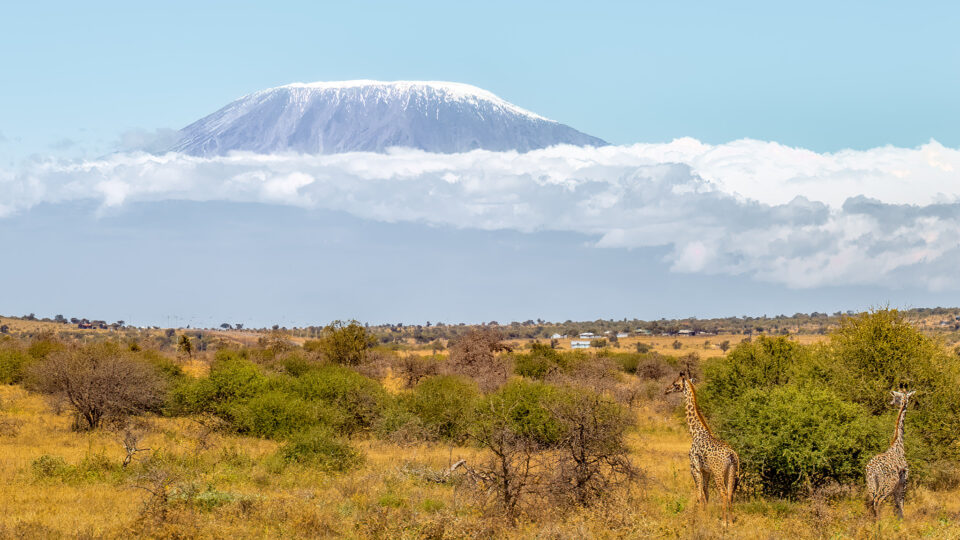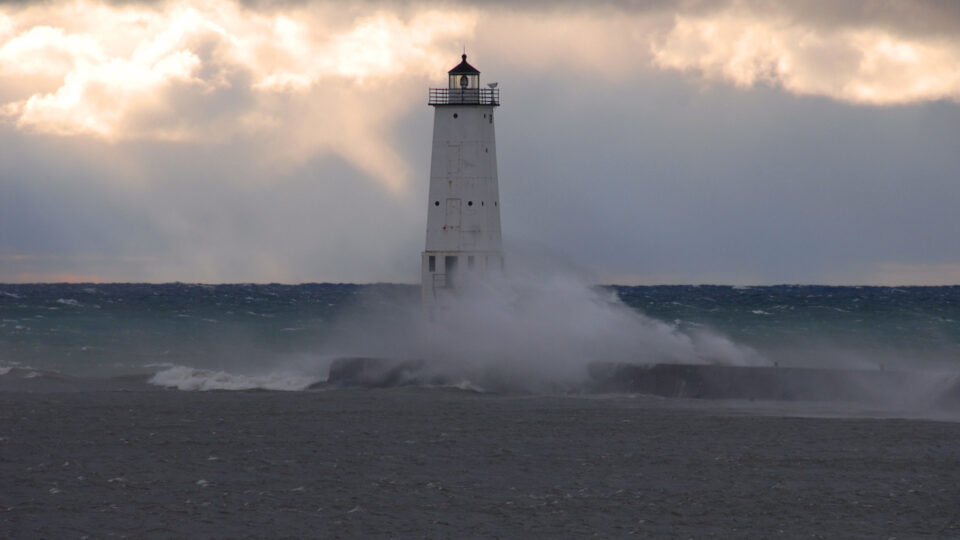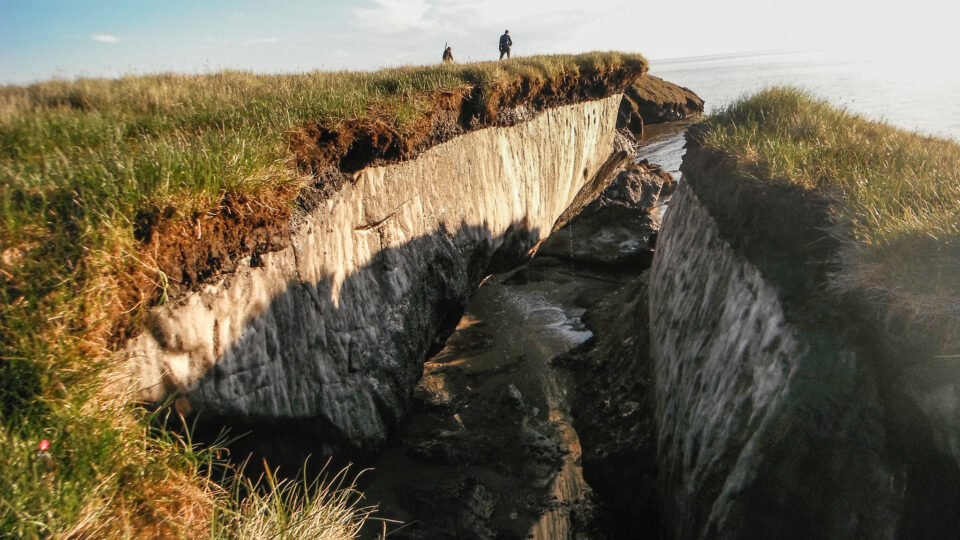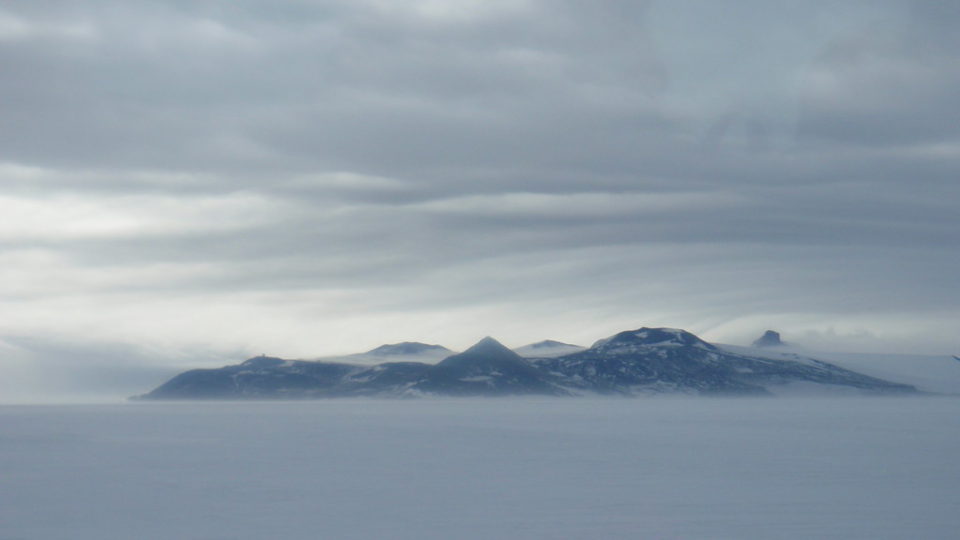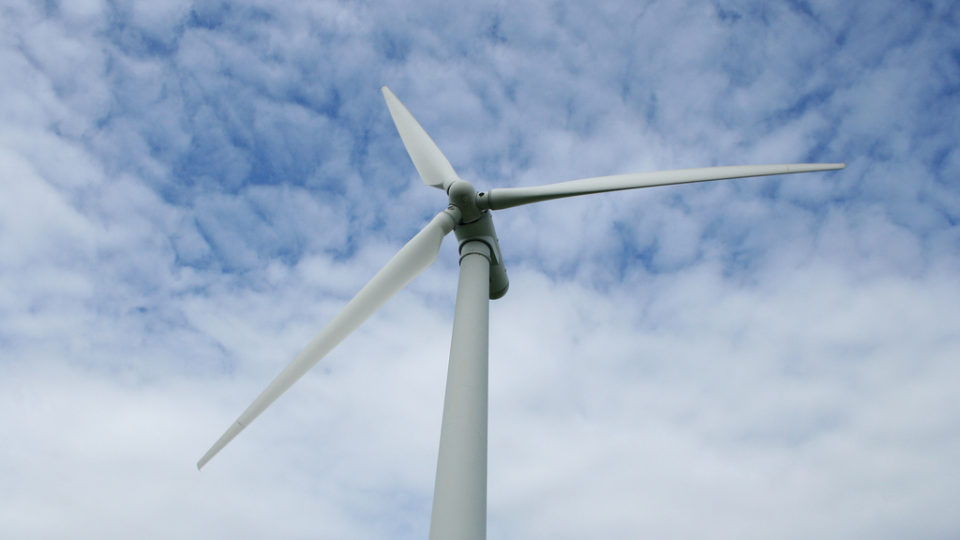A new study by researchers at Penn State University has found that a common water plant in the eastern U.S. could be a valuable green fertilizer, a feed for poultry and livestock, and even a life-saving food for people in the event of a catastrophe or disaster.
The plant is the Carolina azolla. It is sometimes called mosquito fern, fairy moss, or water fern. It is a water plant that grows very rapidly; it can double its biomass in two days. There are many varieties of azolla, but the Carolina strain is more digestible and nutritious for people than any of the others.
Azolla species have been used across the world for centuries as a livestock feed and as a fertilizer. They have not been good for human consumption because of high polyphenolic content, which can be 10 times more than that of common food plants. Polyphenols are abundant compounds in many plants and, in low concentrations, are beneficial antioxidants. But in high concentrations they act as antinutritional agents.
It turns out that the Carolina azolla – described as having a crisp texture and neutral taste – has a polyphenolic content comparable to many fruits, nuts, and vegetables. Furthermore, cooking significantly decreases the polyphenolic content in foods.
Carolina azolla has significant nutritional value including high mineral yields and calories, and moderate protein content. Whether it is used as a quick-fix in a disaster situation or as part of a long-term resilience plan, the study concludes that Carolina azolla holds excellent potential for use as a fast-growing, short-season crop that requires minimal effort to grow and process and could be used to increase food security in a hungry world.
**********
Web Links
Common plant could help reduce food insecurity, researchers find
Photo, posted October 8, 2020, courtesy of Dana L. Brown via Flickr.
Earth Wise is a production of WAMC Northeast Public Radio

